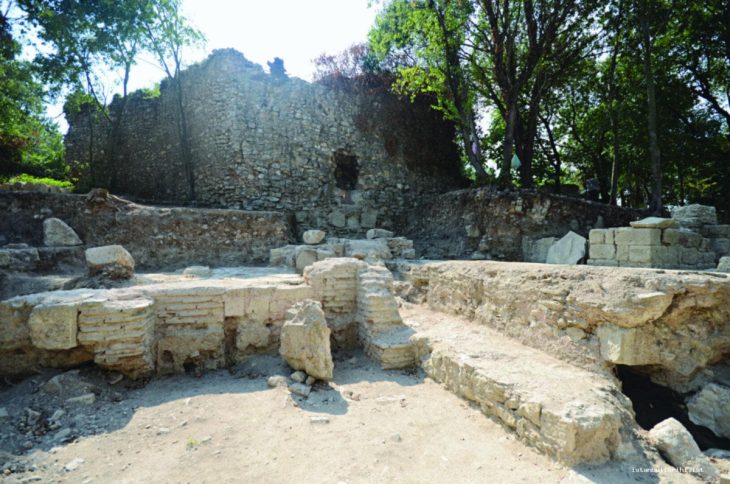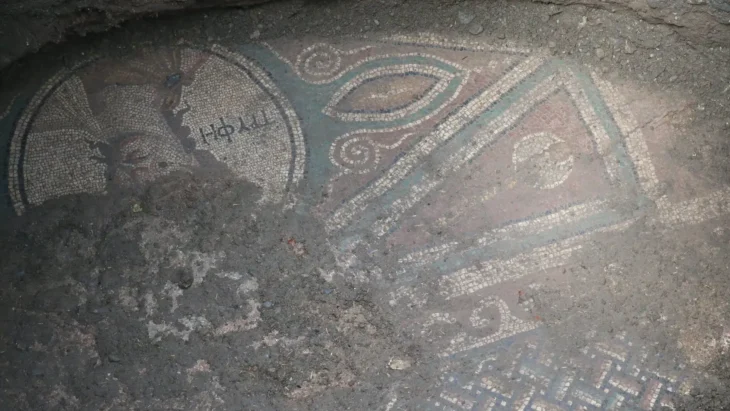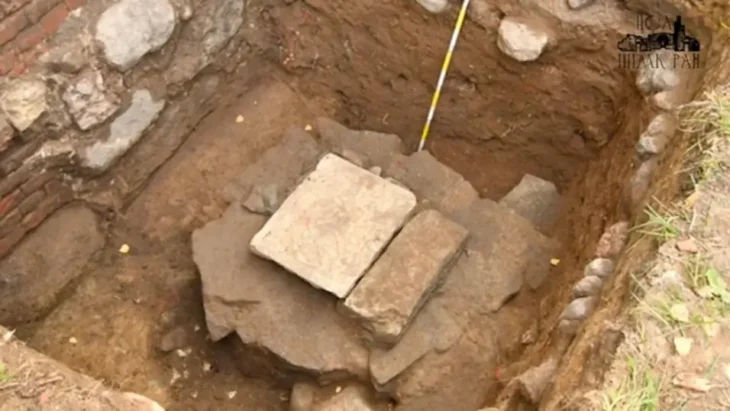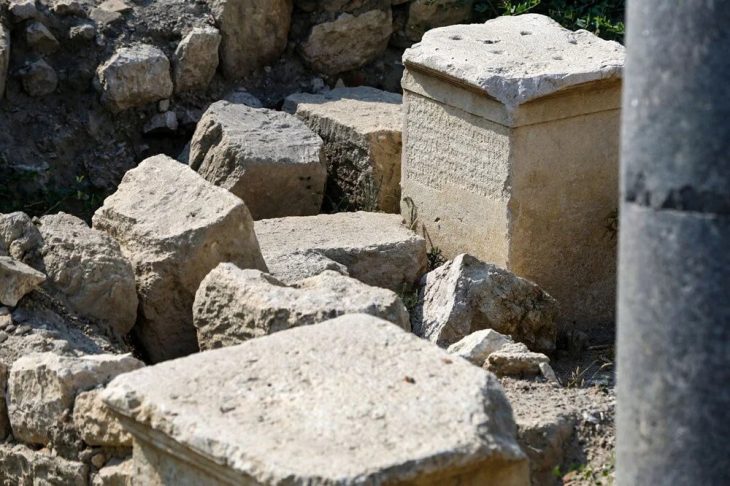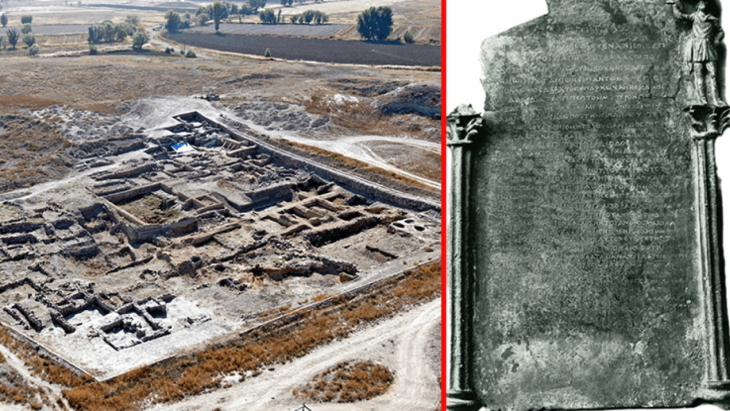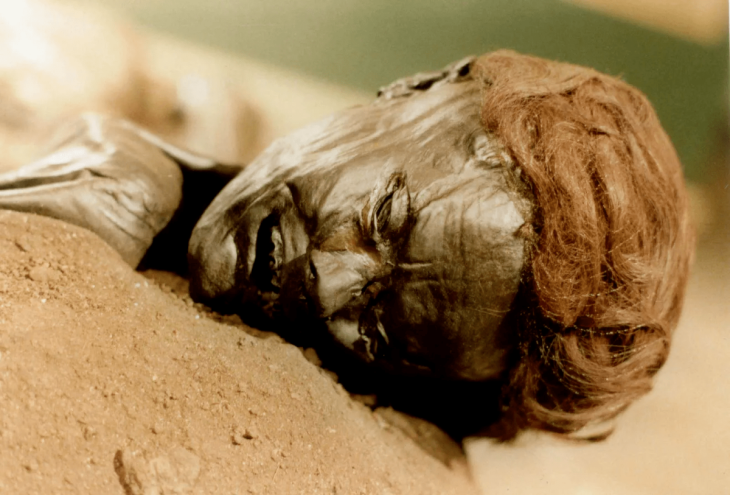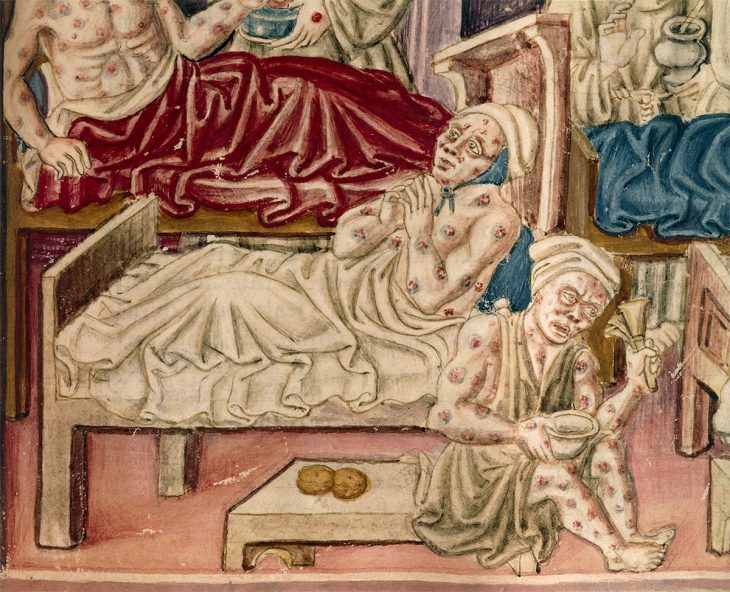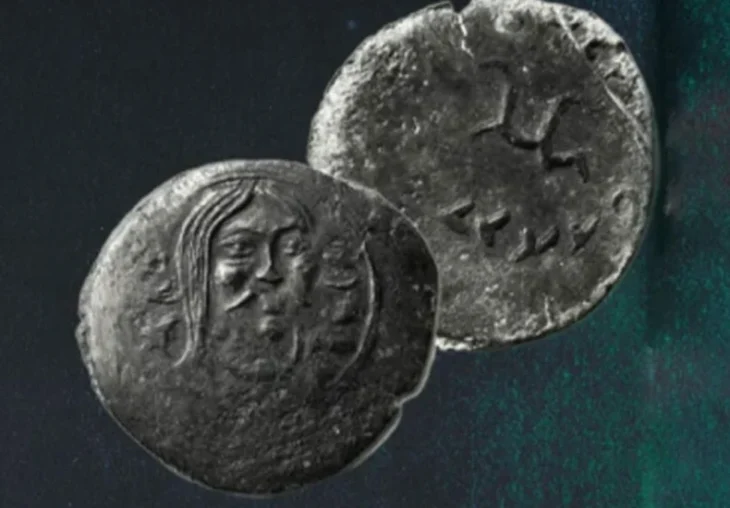Archaeologists at Newcastle University have investigated one of the most unusual late-Roman metalware ever discovered in the British Isles.
Although the Knaresborough Hoard was found in 1864, it hasn’t been thoroughly examined until recently. Uncertainty has surrounded the find’s circumstances. Experts have long debated the truth behind the Knaresborough Hoard.
Newcastle University archaeology student, Jessica De Maso, carried out the first comprehensive study of the hoard as part of her MA degree, and the results are published in The Antiquaries Journal.
Most of the 30 items, which are now on display in the Yorkshire Museum in York, were donated to the museum in 1864 by Thomas Gott, an ironmonger who was also a Town Councillor and lived in Knaresborough. However, he was reluctant to name where they had been found or who owned the land.
The research by Jessica, and colleagues at Newcastle University, suggests that the hoard was probably discovered in a boggy area near Farnham, in the Vale of Mowbray, approximately two miles north of Knaresborough.
📣 Our WhatsApp channel is now LIVE! Stay up-to-date with the latest news and updates, just click here to follow us on WhatsApp and never miss a thing!!
During the Roman period, two important Roman roads ran through the Vale: Cade’s Road, which ran north-south on the eastern side, and Dere Street to the west, which was a significant route providing a connection to York and Hadrian’s Wall. Because of these connections, there were a number of wealthy Roman villas in the area and it is thought that the items in the collection may have come from one of these, or an affluent townhouse or settlement close by.
The Knaresborough Hoard is the only known example of a late Roman hoard of this type to be recovered from a bog or marsh in Britain.
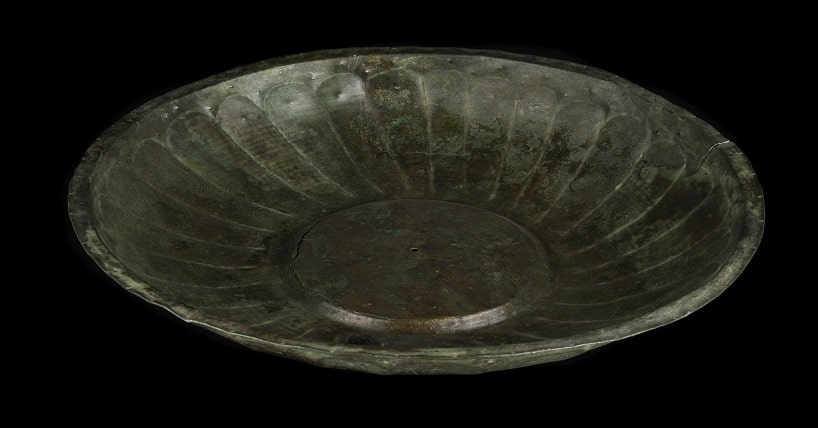
It is not known why the items were grouped together and deposited in the bog, but there are examples from other parts of the Roman empire where this was done for ritual or spiritual reasons, or simply to hide them or make them irretrievable.
During their investigations, the research team also found evidence that there were originally more items in the hoard when discovered, but many had been mistakenly melted down in Gott’s foundry.
Re-visiting old discoveries
The surviving collection is predominantly made from bronze and includes a large fluted bowl (approximately 48 cm diameter) with a scalloped edge, more commonly found in gold or silver, and a bronze vessel handle which had a unique rest to support it, both of which are the only known examples to be found in Britain, along with a number of bowls, strainers and oval plates.
The research team say that many of the items were clearly meant to impress guests at the table when displaying or serving food as when polished, the bronze would have resembled gold and would have suggested a certain level of wealth.
By carrying out a portable X-ray fluorescence analysis the team were able to confirm the composition of ancient alloys and discovered that many of the items in the collection also showed signs of ancient repairs, reinforcing the fact they were made from a valuable material.
James Gerrard, Professor of Roman Archaeology, Newcastle University, said: “This project has shown the value in re-visiting old discoveries and we’re delighted to have the opportunity to work alongside the Yorkshire Museum to understand more about this extraordinary collection and who Thomas Gott was.
“It’s good to know that more than 150 years on, our research has helped tell a fascinating, if complex, part of the story about this remarkable discovery.”
Adam Parker, Curator of Archaeology at the Yorkshire Museum, said: “The Knaresborough Hoard is an exceptional collection of Roman copper alloys, which has been in the collection of the Yorkshire Museum for a long time. The excellent work undertaken by Newcastle University has unlocked the research potential of these objects for the first time and will allow us to tell their story more completely.”
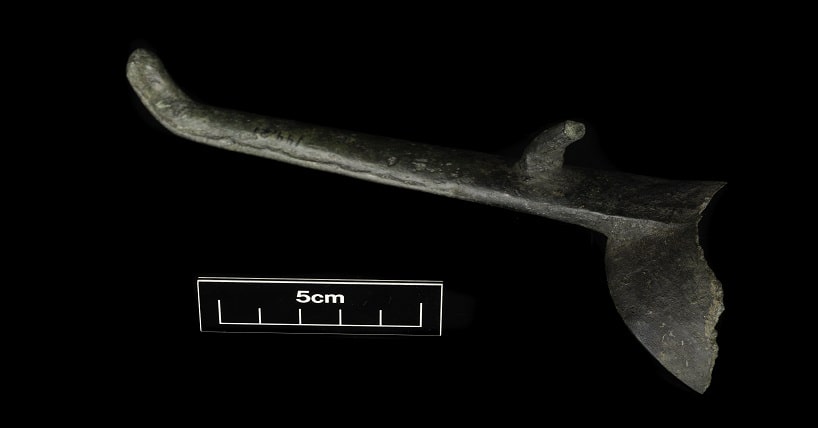
‘Old collections, new questions’
The research also uncovered more about Thomas Gott and his role in the discovery.
In 1848, Gott married Mary Anne Drury, a widow, in Scarborough. Mary Anne died in 1860, aged 47, and the following year Gott married Emma, his late wife’s sister, in London.
At this time, Gott was serving as Knaresborough Improvement Commissioner, and although the marriage of a widower to his sister-in-law was generally accepted, it was illegal and might explain why it took place in London – where they could avoid scrutiny and minimise the risk that Gott’s reputation could be called into question.
The research team suggest that Gott must have known Frederick Hartley, who was also on the Knaresborough Improvement Commission and was the agent and estate manager of land near Farnham owned by Sir Charles Slingsby. The research uncovered how, in 1864, Slingsby had commissioned work to improve the drainage on a marshy part of his land, and it was most likely during this work that the hoard was found. Hartley kept a cup either for himself or Slingsby and handed the rest to Gott, who then gave the majority of the collection to the Yorkshire Museum. Gott gave a second, final, part of the collection to the Yorkshire Museum 13 years later.
In 2017 the Yorkshire Museum listed the Knaresborough Hoard as part of its ‘Old Collections, New Questions’ research initiative and Jessica jumped at the chance to study the hoard as part of her MA in Archaeology at Newcastle University.
Jessica, who is now working as an archaeologist in the United States, said:“The study of the Knaresborough Hoard at the Yorkshire Museum was an incredible opportunity to engage with the idea that endless avenues of research can be done on existing collections in museums. I found this – and my time at Newcastle – to be especially engaging and wonderfully challenging. The research on the Hoard and the work throughout my MA archaeology program has thoroughly prepared me for my current job.”
https://doi.org/10.1017/S0003581523000197
Cover Photo: Knaresborough Hoard. Yorkshire Museum



